Chalice Coral Care Guide
Looking to add a splash of color to your reef tank? Chalice corals are a stunning and rewarding choice. Here’s everything you need to know to keep your Chalice thriving.
What Is a Chalice Coral?
Chalice corals are large polyp stony (LPS) corals from genera like Echinophyllia, Mycedium, and Oxypora. Known for their vibrant colors and swirling patterns, Chalice corals are prized for their unique appearance and moderate care requirements.
Ideal Tank Conditions
- Lighting: Low to moderate (80–120 PAR). Too much light can bleach Chalice corals.
- Water Flow: Moderate, indirect flow to prevent tissue damage and promote feeding.
- Temperature: 72–78°F (22–26°C)
- Salinity: 1.024–1.026 SG
- pH: 8.1–8.4
- Alkalinity: 8–12 dKH
- Calcium: 400–450 ppm
- Magnesium: 1250–1350 ppm
Placement Tips
Place your Chalice coral on the sand bed or lower rockwork to start. Gradually acclimate it to higher light if needed. Keep it away from aggressive neighbors—Chalices can extend sweeper tentacles at night.
Feeding & Nutrition
Though photosynthetic, Chalice corals benefit from supplemental feeding. Try:
- Reef Roids or powdered coral foods
- Finely chopped meaty foods (mysis, brine shrimp)
- Target feeding 1–2 times per week
Propagation & Fragging
Fragging Chalice corals requires care due to their calcified skeleton. Use a coral saw or Dremel to cut cleanly. Allow frags to heal in low-flow, stable conditions before reintroducing to the display tank.
Common Issues
- Bleaching: Often caused by excessive light or sudden parameter swings.
- Tissue Recession: May result from poor water quality or pest irritation.
- Algae Overgrowth: Keep nutrients balanced and flow adequate to prevent buildup.



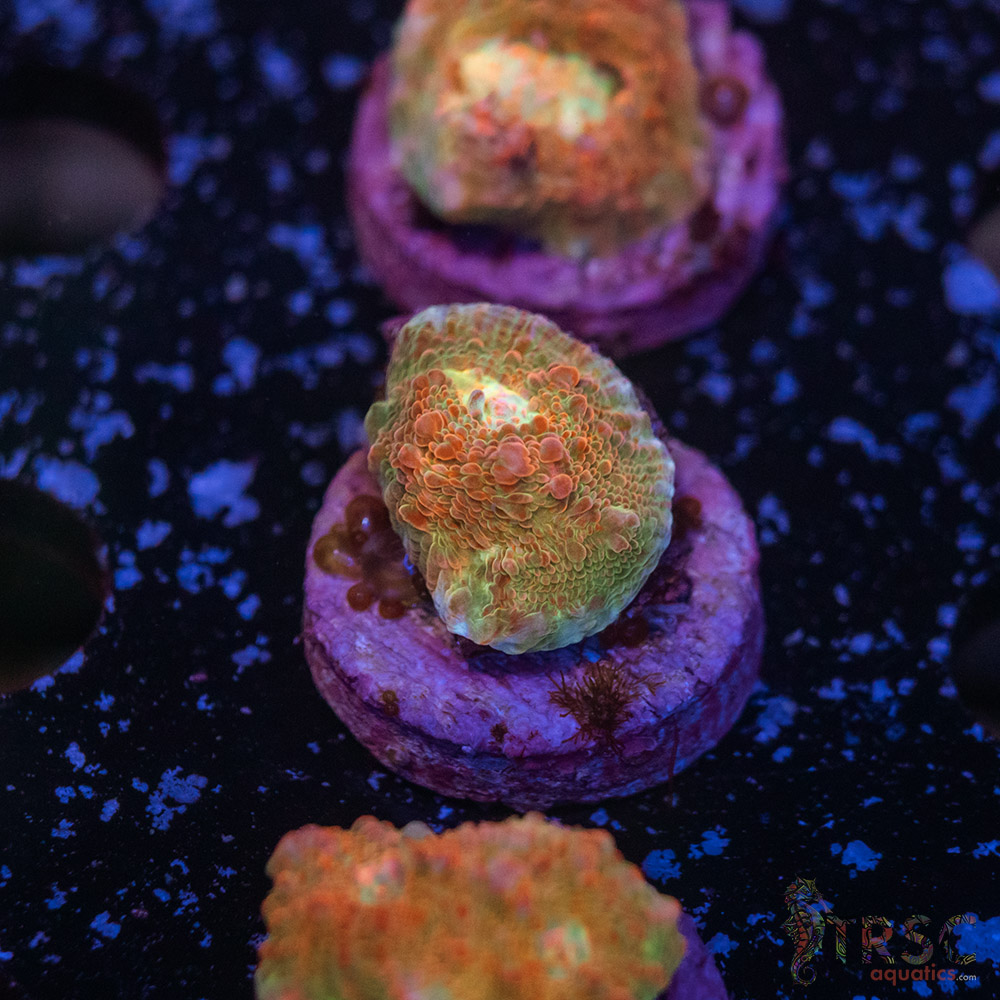
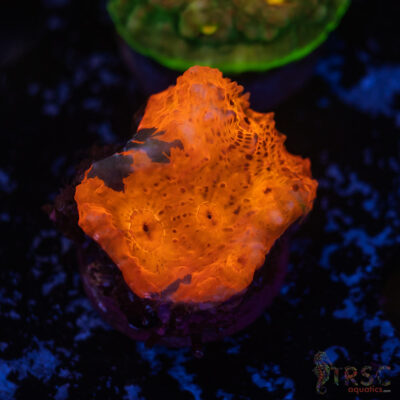
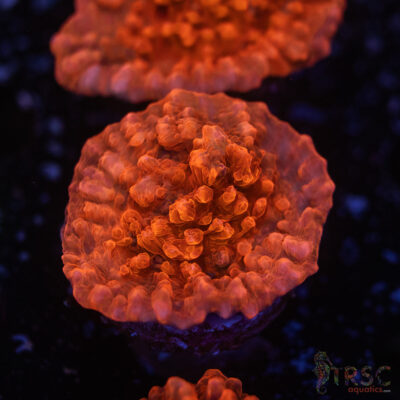
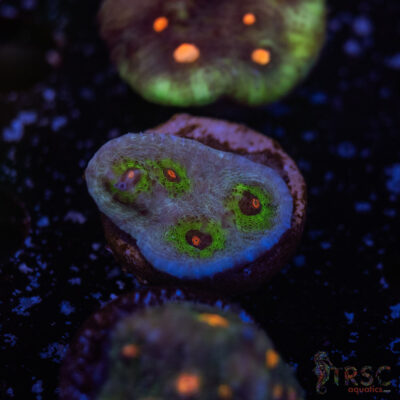

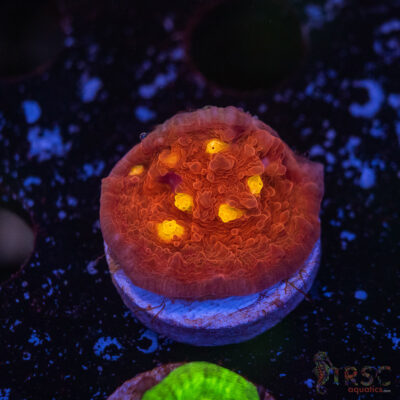
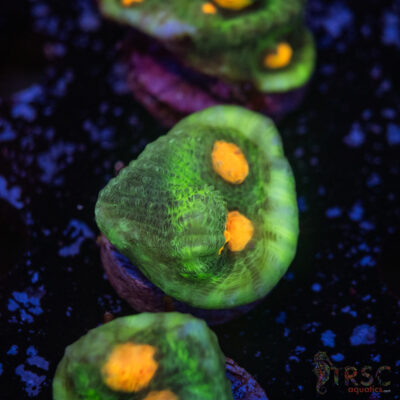
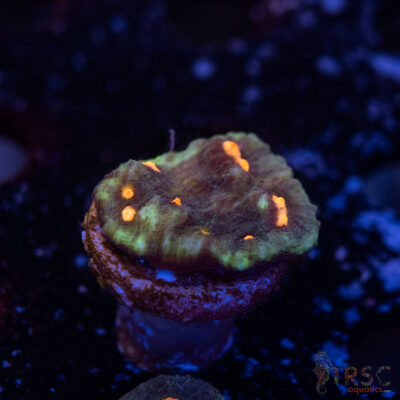
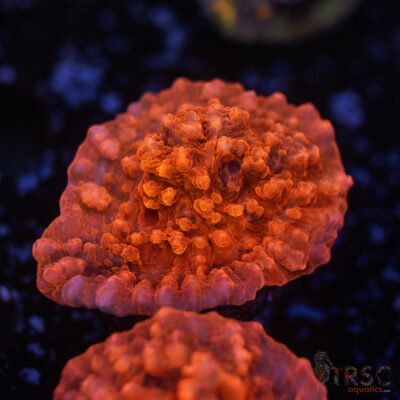

Reviews
There are no reviews yet.